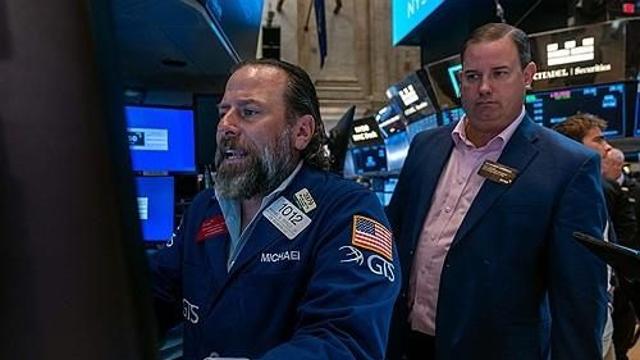As the U.S. economy approaches what experts are dubbing a ‘monster week,’ investors and policymakers are poised to navigate a series of pivotal economic events that could significantly impact the nation’s financial trajectory. Despite ongoing tariff concerns stemming from the Trump administration’s policies, the economy has demonstrated resilience with stable employment and inflation rates, setting the stage for crucial discussions and announcements in the days ahead.
The Federal Reserve’s Federal Open Market Committee (FOMC) meeting, slated for July 29-30, is expected to reveal the direction of U.S. monetary policy, while the Trump administration rushes to finalize trade agreements before the August 1st tariff moratorium deadline. Key economic indicators, including second-quarter GDP growth, employment figures, and inflation data, will also be released, providing further insights into the health of the economy.
Market analysts are particularly attentive to the outcomes of these events, with Barclays’ Chief Economist Mark Giannoni describing this period as a “monster week.” As trade negotiations intensify, the U.S. is engaging with major partners, including South Korea, to avert mutual tariffs. President Trump’s recent trade agreements with nations like the U.K., EU, and Japan have fostered optimism on Wall Street, yet the looming possibility of tariffs on countries without agreements remains a concern.
The Fed’s upcoming announcement is expected to maintain the benchmark interest rate between 4.25-4.50%, despite President Trump’s calls for cuts. However, with the potential for dissenting opinions from members like Fed Governor Christopher Waller, who advocates for a rate cut, the decision remains a focal point of market speculation.
Employment data, particularly the July jobs report due on August 1, will be closely monitored. The Wall Street consensus predicts a slowdown in job growth, yet the labor market has thus far defied tariff-induced expectations, with unemployment dropping to 4.1% in June. Coupled with anticipated inflation figures, these data points will shape the Fed’s approach to future rate adjustments.
Amidst these developments, the preliminary second-quarter GDP estimate, scheduled for July 30, is projected to show a rebound to 2.3% growth following a first-quarter contraction. Consumption trends, crucial to the U.S. economy’s strength, will be scrutinized, especially in light of Jan Hatzius from Goldman Sachs’ cautionary note about tariff-induced consumption declines.
As this ‘monster week’ unfolds, the outcomes will be pivotal in determining the economic policy direction and the resilience of the U.S. economy amidst global uncertainties.
